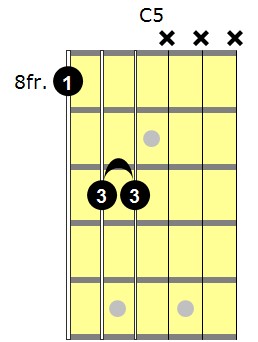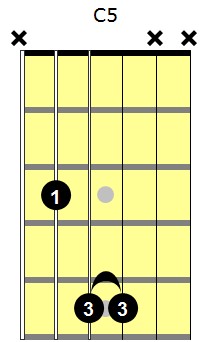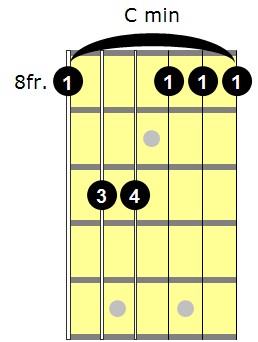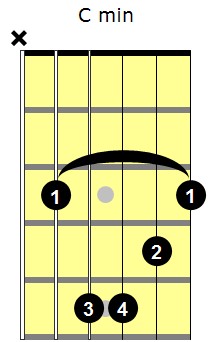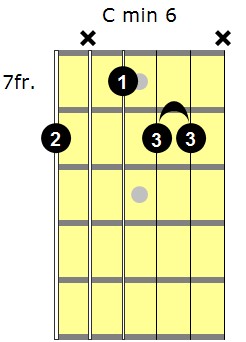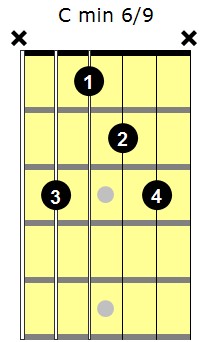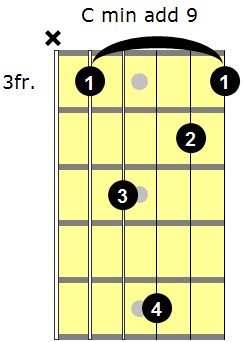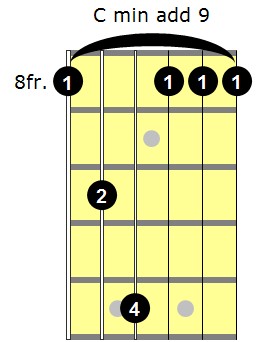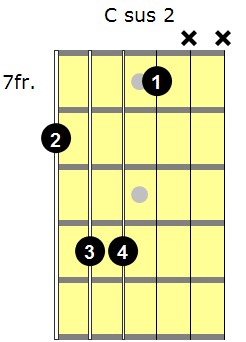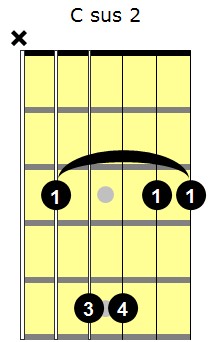Introduction
A Look at Chords in the Kumoi Scale
Now it’s time to dig deeper into the Kumoi scale and look at some ways it can be used in guitar solos.
There are many different ways to determine the chords that a scale can be used with. We will use one of the simpler ways.
Chord-Scale Relationships
Any time you play a scale over a chord, you are either playing a chord tone (a note found in the chord) or a non-chord tone.
More technically, we usually call these notes harmonic or non-harmonic tones, where harmonic refers to a chord-tone and non-harmonic is a non-chord tone.
So this means any time you play a note against a chord you are either blending in perfectly with the chord, or you are adding some level of tension.
As you create guitar solos, all you are doing is playing with tension and release.
In this tutorial we are going to look at some of the more common chords found in the Kumoi scale.
As you will recall from the previous tutorials on the Kumoi scale, it consists of the following notes:
C-D-Eb-G-A
This means the following chords are found in the C Kumoi scale.
- C 5 (C-G)
- C minor (C-Eb-G)
- C minor 6 (C-Eb-G-A)
- C minor 6/9 (C-Eb-G-A-D)
- C minor add 9 (C-Eb-G-D)
- C sus 2 (C-D-G)
As you can see, all of these chords are built from notes found within the Kumoi scale. This means that you can use the C Kumoi scale to improvise over top of these chords.
Now here are some moveable guitar fingerings for these chords. You will find two different voicings for each chord—one sixth root and one with its root note on the fifth string. The diagrams represent the first 5 frets of the guitar unless there is a different fret indication. In other words, the first diagram below starts on the 8th fret. The second diagram represents the first 5 frets of the guitar.
You may find some of the above chord fingerings to be a bit tricky, but they are well worth the effort. To really get the sound of the Kumoi scale in your head, record yourself playing one or more of the above chords. Then play the Kumoi scale forwards and backwards to hear what the scale sounds like over the chord.
Next play the scale in the melodic patterns we covered in the previous tutorial.
Then the real fun stuff begins…
Start to improvise with the Kumoi scale over the chords. Start with short melodic ideas and then build upon them.
Recommended Resource
In this tutorial, we started to dig a bit deeper into the Kumoi scale. For a more in depth look at guitar scales including the Kumoi scale, check out my complete guitar scale course:
 The World of Scales: A Compendium of Scales for the Modern Guitar Player.
The World of Scales: A Compendium of Scales for the Modern Guitar Player.

